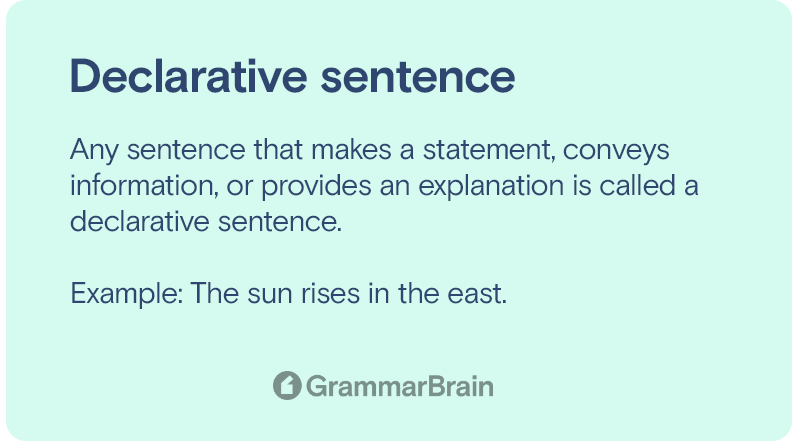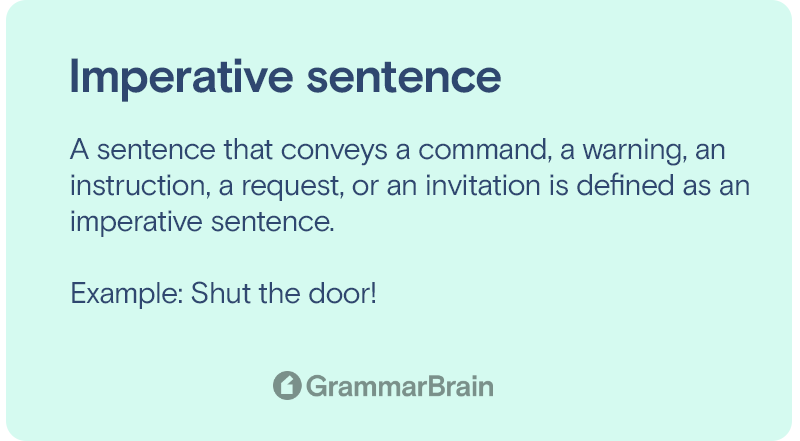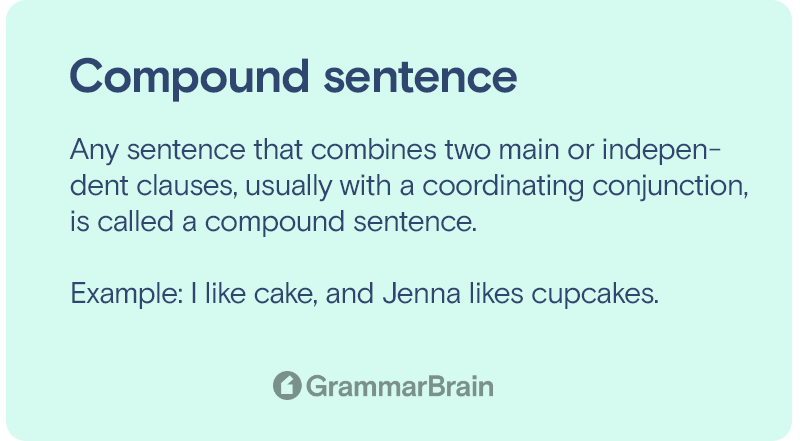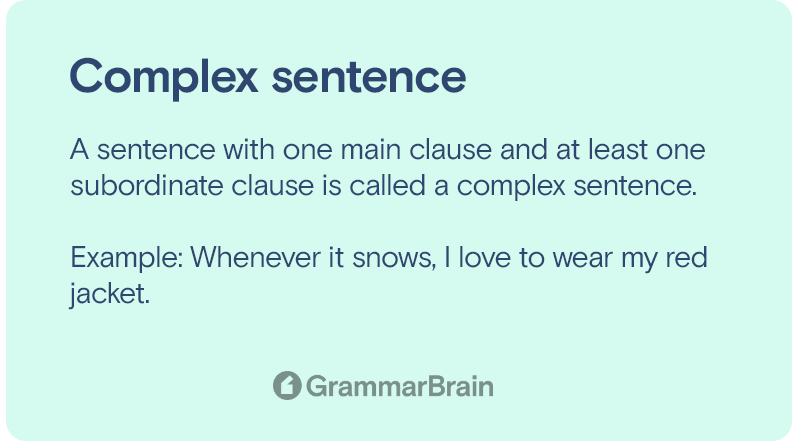What is sentence variety? How does sentence variety work? What are varying sentences? Sentence variety in a document refers to the process of changing the structure and length of the sentences. This is done to remove monotony and provide the proper amount of emphasis at the right places. It is a technique an author uses to make it clear to the reader which concepts are most crucial and which arguments support other ideas.
Sentence types (types of sentences)
Sentence variety can create a rhythm that keeps the readers interested in the document. Sentence length, complexity, and deliberate punctuation choices can all add variety.
In the English language, sentences can be classified into four types based on their function:
Declarative sentence
Any sentence that makes a statement, conveys information, or provides an explanation is called a declarative sentence.
Example:
The sun rises in the east.
Imperative sentence
A sentence that conveys a command, a warning, an instruction, a request, or an invitation is defined as an imperative sentence.
Example:
Shut the door!
Interrogative sentence
Any sentence that asks a direct question is termed an interrogative sentence.
Example:
Did you like the movie?
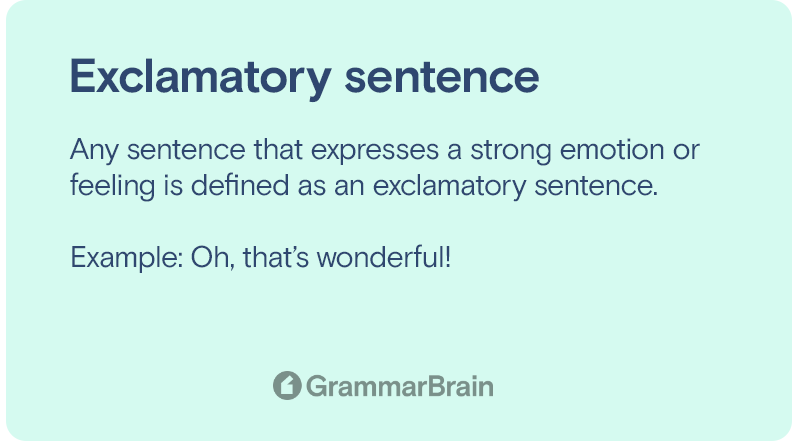
Exclamatory sentence
Any sentence that expresses a strong emotion or feeling is defined as an exclamatory sentence.
Example:
Oh, that is wonderful!
Sentences can also be classified into different types based on their structure:
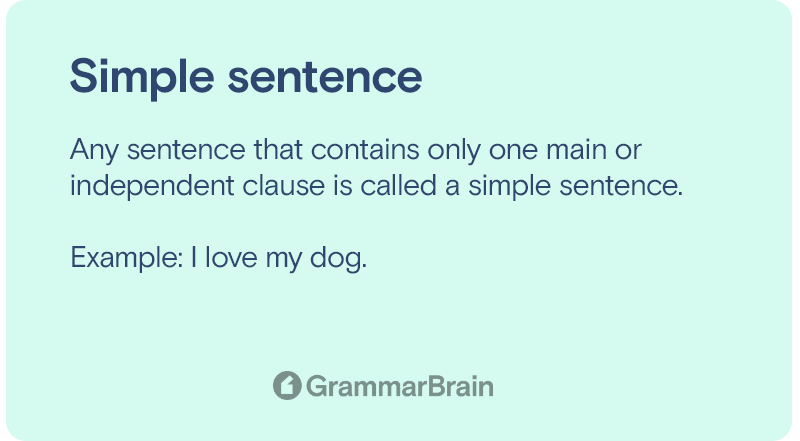
Simple sentence
Any sentence that contains only one main or independent clause is called a simple sentence.
Example:
I love my dog.
Compound sentence
Any sentence that combines two main or independent clauses, usually with a coordinating conjunction, is called a compound sentence.
Example:
I like cake, and Jenna likes noodles.
Complex sentence
A sentence with one main clause and at least one subordinate clause is called a complex sentence.
Example:
Whenever it snows, I love to wear my red jacket.
Compound-complex sentence
A sentence consisting of at least two main clauses and one or more subordinate clauses is called a compound-complex sentence.
Example:
Though Mary loves watching thriller movies, she rented a rom-com yesterday and loved it very much.
Sentence length
Longer sentences provide more information, allowing the reader to comprehend it and pause to reflect. Whereas short sentences create excitement. They are more concise and forthright, and the information shared is brief and understandable. Both long and short sentences are useful and effective when used in the right circumstances.
Longer sentences might be appropriate at the beginning of an essay where the author is carefully examining an idea or a fact. Longer sentences are also appealing in fiction when the author is presenting vivid descriptions of a scene. Shorter sentences are typically preferred by writers when they are trying to effectively explain the primary concept at the end of a lengthy paragraph.
Furthermore, the choice of sentence length is also dependent on the genre of the work. For example, in technical articles, the reader may prefer concise and clear sentences that include the most important information. Using short sentences excessively can, however, suggest that the author is unable to construct longer ones. It is ideal to maintain a healthy balance that complements both the genre and the purpose of the piece.
Punctuation
Intentional choices in punctuation add complexity and variety to the text. Authors can combine sentences or punctuate them in different ways. Appropriate punctuation will improve the readability and understandability of the sentences. Some common punctuation techniques include:
Using period (.)
A period is used to make a complete pause between the ideas discussed in a document.
Using colon (:)
A colon is typically used when:
- introducing something such as a list of things or a quote
- when emphasizing a phrase or word at the conclusion of a sentence
- between main clauses, if the second clause explains or expands on the first one.
Using a semicolon (;)
Semicolons are used as punctuation when two main clauses that have a close relationship are joined together.
Using a comma (,) with a coordinating conjunction
Commas and coordinating conjunctions are used to show the relationship between two main clauses in a sentence.
FAQs
How can a writer add variety to sentences?
There are several ways in which a writer can spice up their writing. Instead of cramming everything into a single sentence, they can divide the sentence into two. Sometimes the order of the words in the sentence can be reversed to create a more elegant sentence. In some cases, changing a sentence into a question can create more intrigue for the topic being discussed. If the sentence seems too brief, they can extend it with another sentence. Authors can also use quotes from famous people to strengthen their arguments or ideas and make the essay more interesting.
What strategy can be used by authors to review the sentence variety of a piece of writing?
The sentence variety of a piece of writing can be easily verified by authors in three simple steps:
- List the first words of each of the sentences, and then consider if any changes can be made to make the sentences better.
- Identify the word count in each sentence and decide if any of the sentences’ lengths need to be altered.
- List the different types of sentences used, namely, declarative, exclamatory, or interrogative, and revise the sentences if required.
Sources:
- Merriam Webster – sentence – Definition
- Wikipedia – Sentence (linguistics)
- Thoughtco. – Sentence Variety Composition
- Yourdictionary – Sentence Variety Examples: Different Types & Structures
Inside this article
Fact checked:
Content is rigorously reviewed by a team of qualified and experienced fact checkers. Fact checkers review articles for factual accuracy, relevance, and timeliness. Learn more.
Core lessons
Glossary
- Abstract Noun
- Accusative Case
- Anecdote
- Antonym
- Active Sentence
- Adverb
- Adjective
- Allegory
- Alliteration
- Adjective Clause
- Adjective Phrase
- Ampersand
- Anastrophe
- Adverbial Clause
- Appositive Phrase
- Clause
- Compound Adjective
- Complex Sentence
- Compound Words
- Compound Predicate
- Common Noun
- Comparative Adjective
- Comparative and Superlative
- Compound Noun
- Compound Subject
- Compound Sentence
- Copular Verb
- Collective Noun
- Colloquialism
- Conciseness
- Consonance
- Conditional
- Concrete Noun
- Conjunction
- Conjugation
- Conditional Sentence
- Comma Splice
- Correlative Conjunction
- Coordinating Conjunction
- Coordinate Adjective
- Cumulative Adjective
- Dative Case
- Determiner
- Declarative Sentence
- Declarative Statement
- Direct Object Pronoun
- Direct Object
- Diction
- Diphthong
- Dangling Modifier
- Demonstrative Pronoun
- Demonstrative Adjective
- Direct Characterization
- Definite Article
- Doublespeak
- False Dilemma Fallacy
- Future Perfect Progressive
- Future Simple
- Future Perfect Continuous
- Future Perfect
- First Conditional
- Irregular Adjective
- Irregular Verb
- Imperative Sentence
- Indefinite Article
- Intransitive Verb
- Introductory Phrase
- Indefinite Pronoun
- Indirect Characterization
- Interrogative Sentence
- Intensive Pronoun
- Inanimate Object
- Indefinite Tense
- Infinitive Phrase
- Interjection
- Intensifier
- Infinitive
- Indicative Mood
- Participle
- Parallelism
- Prepositional Phrase
- Past Simple Tense
- Past Continuous Tense
- Past Perfect Tense
- Past Progressive Tense
- Present Simple Tense
- Present Perfect Tense
- Personal Pronoun
- Personification
- Persuasive Writing
- Parallel Structure
- Phrasal Verb
- Predicate Adjective
- Predicate Nominative
- Phonetic Language
- Plural Noun
- Punctuation
- Punctuation Marks
- Preposition
- Preposition of Place
- Parts of Speech
- Possessive Adjective
- Possessive Determiner
- Possessive Case
- Possessive Noun
- Proper Adjective
- Proper Noun
- Present Participle
- Prefix
- Predicate

